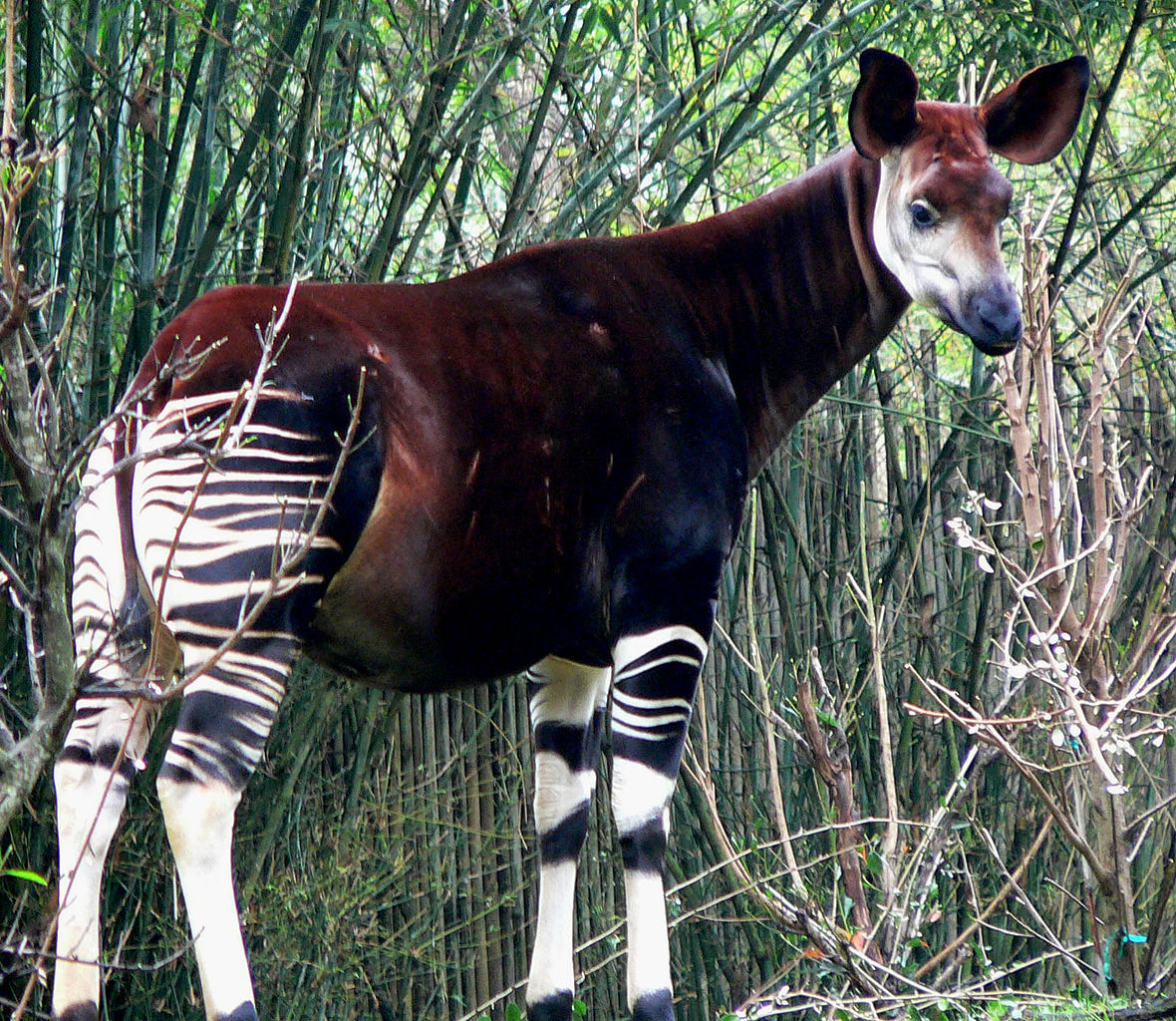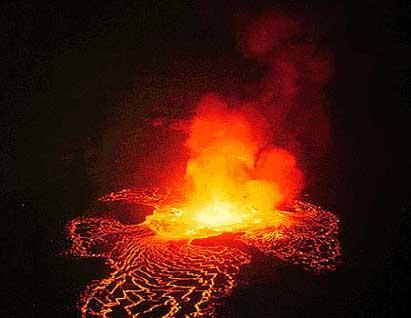In what situation is ocapia currently in?
2020/01/21 Roa Zubia, Guillermo - Elhuyar Zientzia

Among other things, and as far as nature is concerned, incredible animals live in the heart of the Congo. Gorillas, for example, live in the mountains of Congo, and another rare animal I wanted to mention today is ocapia. The ocapi belongs to the giraffe family and looks a bit like it. Many times it has been mentioned that ocapia looks like a mixture of giraffe and zebra. It looks like a brown antelope, but has lines in the back, like zebras throughout the body.
Our Europazentrist vision has made ocapia unknown to us until recently. Explorers XIX. It was first known at the end of the 20th century. The Congolese, of course, knew him always, but for the Europeans it was a great ignorance to find the paste. His scientific name is Okapia johnstoni, in honor of explorer Sir Harry Johnston.
But in what situation is ocapia currently in? It is difficult to answer this question. Today, because ocapia is difficult to see. It lives in a closed forest and also moves many times at night. Therefore, to investigate ocapia, it is often done looking for excrements.
In addition, the situation in Congo has not been easy in recent decades. There have been armed conflicts and it has not been easy to follow up.
The difficulties have made the situation of ocapia described for years as very bad and perhaps so. But in 2006 they saw Virunga again in the National Park. 50 years ago they last saw the hit, it was good news. In 2008 it was possible to make a few photos of the paste, although its follow-up is very difficult.

Gai honi buruzko eduki gehiago
Elhuyarrek garatutako teknologia




